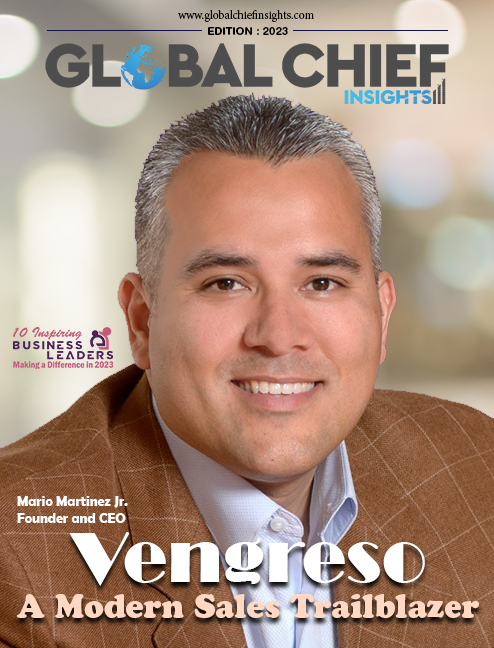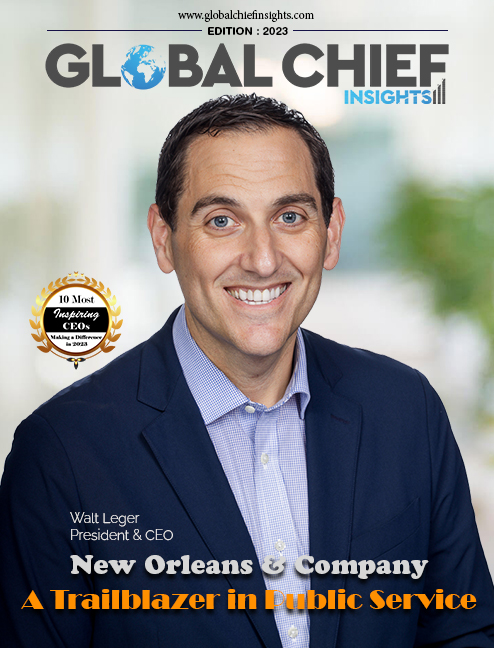Current Teacher Demographics
Maryland’s teacher workforce continues to be predominantly white, according to the latest data released by the state Department of Education. As of the 2023-24 school year, approximately 68% of teachers are white, while 20% are Black, and about 5% are Latino or Asian. These figures have shown little change over the past five years.
Racial Disparity Between Teachers and Students
The racial composition of Maryland’s teachers stands in stark contrast to that of the student population. During the same timeframe, white students comprised 34% of the classroom population, Black students 30%, Latino students 21%, and Asian students 7%. This disparity highlights a significant mismatch between the racial backgrounds of students and their educators.
Local School System Demographics
In terms of diversity among teachers within local school systems, Prince George’s County and Baltimore City lead with 79% and 61% teachers of color, respectively. These areas are also Maryland’s majority-Black jurisdictions. Montgomery County, the state’s largest school system, has 31% teachers of color, slightly below the state average of 32%.
Importance of Teacher Diversity
Cheryl Bost, president of the Maryland State Education Association, emphasizes the benefits of a diverse teaching workforce. “We believe that when you have a diverse teaching force, it helps students of color see themselves. It also helps all students,” she said. Bost noted that teachers of color often face additional responsibilities outside their classrooms, which can be burdensome and unfair.
Challenges Faced by Teachers of Color
According to a 2022 teacher workforce report, teachers of color are frequently asked to handle additional duties. For instance, Black teachers might be asked to assist with situations involving Black students, or bilingual teachers might be pulled from their classes to interpret for non-English speaking parents. Bost highlighted that these extra responsibilities create hardships for these educators.
New Legislation to Address Teacher Diversity
Progress is expected with the recent passage of the Educator Shortage Reduction Act. This legislation allows eligible college students majoring in education to receive stipends, provided they attend institutions where at least 40% of students receive federal Pell Grants. This includes all four of Maryland’s historically Black colleges and universities, as well as about three community colleges.
Expanded Stipend Eligibility
Governor Wes Moore recently signed House Bill 75 and Senate Bill 377 into law, expanding stipend eligibility to any community college student pursuing an education degree. These stipends will be available from the 2024-25 school year through the 2026-27 school year. Funding for the stipends comes from a teacher retention fund, which will be administered by the Maryland Higher Education Commission’s Office of Student Financial Assistance (OSFA).
Alternative Pathways for Aspiring Teachers
To further increase teacher diversity, Moore signed additional bills, House Bill 975 and Senate Bill 771, providing alternative pathways into the teaching profession. These laws allow recent college graduates and new teachers to bypass the Praxis tests, which are traditionally required for certification and can cost up to $300. Instead, applicants need only maintain a 3.0 GPA on their most recent degree.
Rationale Behind the New Laws
Delegate Eric Ebersole, a former teacher and co-sponsor of the legislation, explained the reasoning behind the new pathways. “There’s not a great correlation between that [Praxis] test and teaching skill. It’s not a great indicator of how good a teacher someone is going to be,” he said. “Offering alternative pathways and increasing our teacher workforce is vital.”
Future Outlook
These legislative efforts represent a significant push toward diversifying Maryland’s teacher workforce. By providing financial incentives and alternative certification routes, the state aims to better align the racial demographics of its educators with those of its students. This alignment is expected to enhance educational outcomes and foster a more inclusive environment for all students.
















